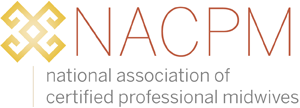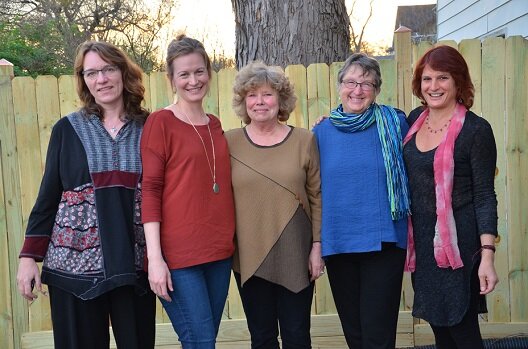Puerto Rico – New Webinar Scheduled!
Puerto Rico is home to the highest rate of preterm birth in the entire United States jurisdiction. Learn how the severe and on-going economic crisis in Puerto Rico, the Zika epidemic, and the major natural disaster hurricane Maria have affected pregnant women’s daily lives and their birth outcomes in a new webinar scheduled for Wednesday, November 8, 2017, from 1:30 to 3:00 Eastern time.
In “RE:BIRTH: Navigating and Mediating Maternal Stress and Birth Outcomes in Pre- and Post-hurricane Puerto Rico,” Oregon State University researchers Holly Horan and Melissa Cheyney, along with Centro MAM founder Vanessa Caldari (see below) will report on their research project, funded by the National Science Foundation. They will provide information about methods for assessing perceived and measurable maternal stress, particularly within the context of a colonized nation that has a complex and insufficient maternal and infant health care system. In addition, Horan and Cheyney will discuss the normal physiologic birth efforts in Puerto Rico as a counter-movement to the existing biomedical system on the island along with the roles Puerto Rican midwives and doulas are playing in the aftermath of hurricane Maria.
This webinar will provide midwives with information about the effects of maternal stress on gestational outcomes, as well as the impact of midwives and doulas as mediators of that stress. The webinar will conclude with a discussion of opportunities for the support of Puerto Rican midwives who are on the ground providing care for mothers and babies amid post-hurricane devastation.
More information about the situation in Puerto Rico and CENTRO MAM from Vanessa Caldari
CENTRO MAM has been dedicated to supporting maternal and infant health since 2007. Over those ten years we have served over 1000 families by assisting women and their families in attaining safe, empowering births and postpartum experiences in an integrated and collaborative midwifery and physician clinic. We also educate and certify community members in midwifery, doula, childbirth education and breastfeeding peer support. We are based out of a community center about ten minutes from the San Juan airport. While the space is not a birthing center we have had births there on occasion and it is suitable and ready to be one again when the need arises. Please check out our website to see why we are so proud of the community work we do every day.
As we all know Puerto Rico is facing a major crisis mired in devastation. Pregnant women, infants, and the poor are always the most vulnerable in situations like this. Unfortunately, many obstetricians and doctors have stopped attending clinics and office hours. Instead, mothers are sent to hospitals which are rumored to be filled with the dead and dying due to lack of infrastructure and power. Added to these panic inducing horrors, there are a number of public health diseases creeping in due to unsanitary conditions such as infected waters, lack of plumbing and electricity, excessive heat, mosquitos and flies, and lack of nutritious food. On top of everything, those hospitals that are running (there are many whose doors have not yet opened) have staff who are overworked and stressed which increases the likelihood that women are not receiving the care, attention, support and respect they require for emotional stability and positive outcomes.
MAM will coordinate on the ground to distribute supplies and provide outreach to the community in order to enhance ways of meeting the primary needs of mothers and children. In addition, these efforts will support Midwives and provide a safe space for prenatal and postpartum care at Centro MAM.
Vanessa Caldari, a certified professional midwife who had attended births in Puerto Rico for over 20 years and the founder of CENTRO MAM is currently living in Oakland, California.
Links for CENTRO MAM (organization where midwives in Puerto Rico are providing services)
Website: http://mujeresayudandomadres.com/
Facebook: https://www.facebook.com/mampuertorico/
Founder/Point of Contact for MAM:
Vanessa Caldari
(787) 688-6832
mam@mujeresayudandomadres.com
Links for donation to CENTRO MAM:
Circle of Health International (With your donation, please indicate the donation is for CENTRO MAM):
http://cohintl.org/take-action/donate-to-our-rainy-day-fund
READ MORE IN THIS WEEK’S NEWSLETTER








